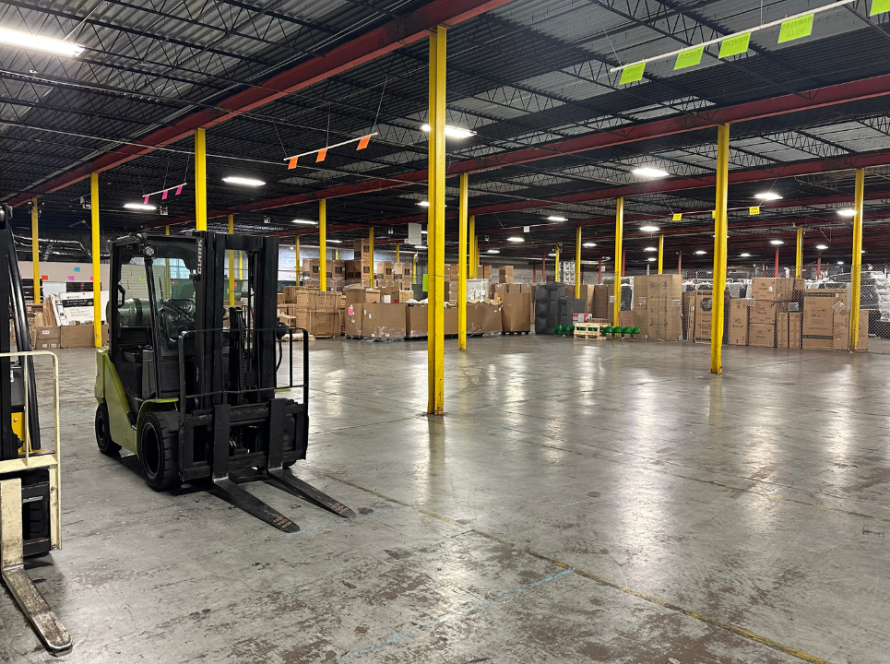A warehouse is a critical component of supply chain management. It protects goods from theft and weather damage, and allows companies to schedule shipments according to demand.
The cost of a warehouse can vary significantly depending on the intended use and building design. In addition, there are soft costs such as labor, insurance, taxes, and borrowing expenses.
Cost of Space
Warehouse space is a major expense for warehouse owners. The total cost of space depends on the square footage, base rate, and operating expenses like NNN and CAM. Base rental rates are the set amount your brand pays on a monthly or yearly basis before additional operating expenses are added in.
The location of the warehouse can also impact the cost of space. If your company wants to get orders to customers quickly, you may need a warehouse near a transportation centre. However, this can increase your shipping costs.
Depending on your needs, you might decide to outsource the management of your warehouse to a third-party logistics (3PL) provider. This option is typically more expensive than building your own warehouse, but it can save you money in the long run.
Cost of Equipment
Depending on the type of warehouse, equipment can make up a large portion of the overall costs. In general, warehouses use a variety of equipment to move, sort, and store goods. These may include conveyor systems, racking, lifts, and pallet jacks.
Warehouses also require expensive utilities, janitorial services, and insurance. Adding these expenses to the cost of direct space can significantly increase the price of a warehouse.
In addition to these operational expenses, warehouses often incur significant upfront fees to build the building itself. This includes the concrete slab foundation, which typically costs $6 per square foot. The building itself will also need to be reinforced with rebar and steel for strength and safety.
If you’re planning to rent a warehouse, it’s important to carefully consider your current and future needs. This will help you avoid outgrowing the facility quickly and paying more in rental fees. Additionally, it’s a good idea to choose a location near your target market to save on shipping costs and reduce abandonment rates.
Cost of Management
A warehouse can cost a lot to manage. This is often due to a lack of efficient processes, but it can also be caused by ineffective technology or even the use of outdated tools.
Warehousing can also be costly because of damaged goods (a problem resulting from insufficient care or faulty handling), inventory discrepancies, and out-of-stock items. To minimize these costs, it is crucial to keep accurate records of inventory and implement effective processes to ensure data accuracy.
In addition to these core costs, warehouses must consider other expenses that can vary greatly by company and location. Some of these include building type, accessories, and customization. For example, a warehouse built with insulated concrete form walls will have higher initial construction costs than a steel frame structure. Other expenses can include equipment, labor, and software. Investing in new technology is often an effective way to reduce these costs. For instance, introducing PDAs to your warehouse workers can save you money on paper and ink while improving productivity levels.
Cost of Security
A warehouse requires high-security measures to protect the stored goods. This may include the use of on-site security guards to deter criminal behaviors such as theft and property damage. These security measures can be expensive to maintain over time, especially if the warehouse is large.
It is important for brands to keep their projected revenue, goals and costs in mind when considering warehousing solutions. They should also consider their future needs and potential expansion plans, so that they can anticipate any additional costs that might arise down the line.
When calculating the cost of warehouse space, businesses need to take into account the base rental rate, estimated operating expenses (also known as triple nets or NNN), and common area maintenance fees. These are fees that tenants are responsible for paying in addition to their rent. These fees cover property taxes, property insurance, and other operating expenses related to the warehouse. Some landlords may also charge a utility fee for electricity used in the warehouse.


